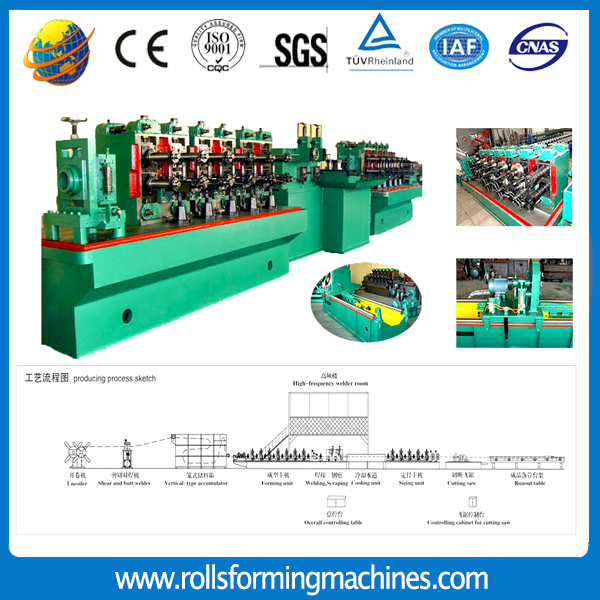La Jolla and Mountain View belong to the United States, California. One is a gathering place of wealthy people. A technology is full of taste. In both places, you can see the future - the future of cars. In both places, Tesla, Nissan Leaf, Toyota Prius, or similar models can be seen every second. These electric or hybrid cars naturally shuttle through traffic, and many companies, malls, and homes also have charging posts installed.
If automakers really can make electric car dreams come true, this sight will be popular at a certain moment in the future. In fact, these manufacturers are spending a lot of money to achieve this vision. The question is: How to expand the demand for electric vehicles from these two cities to the entire United States?
In another part of California, Tesla Motors of Elon Musk recently proposed a plan to build a huge battery plant in an undisclosed location in the southwestern United States (this is the nearest hot topic). The so-called "Gigafactory" has a budget of 5 billion U.S. dollars and plans to produce lithium batteries for 500,000 cars by 2020 - which is higher than the global production in 2013.
However, when the factory is built, will Tesla's plan be out of date? Some people think it is very possible. Phil Gott, director of senior planning at IHS Automotive, believes that Tesla’s ambitious plan “is likely to be too hastyâ€. New technologies that are currently being developed may offer better choices to solve the obstacles to the development of a major electric vehicle in the eyes of experts.
The big problem for these cars is that the batteries are big and heavy, so the number of cars that can be installed on each car is very limited. For example, the battery pack of the Tesla Model S is about 2 meters long and 1.2 meters wide and needs to be installed along the floor of the car. The cruising range of this top model is about 300 miles (482 kilometers) on a single charge, and the Nissan Leaf is slightly higher than 80 miles (128 kilometers). Not only that, charging speed is much slower than filling speed.
So, how can we produce a better battery? Essentially, batteries contain positive and negative electrodes, separators, and electrolytes. Many different types of materials can act as electrodes, and different combinations of materials can store different amounts of electricity. However, battery life and safety features also change as the material changes, so some compromise must be made. Lithium batteries are popular, but due to the possibility of fire on the aircraft, there are certain restrictions on transportation. A battery that is more reactive or unstable than a lithium battery is dangerous. But finding the right combination will give you a huge return.
Battery technology has been developed for decades. The lead-acid battery was originally used. This huge battery is still widely used in automobiles. After that, it is a nickel-cadmium battery. This kind of rechargeable battery has opened up a new era of portable technology, which has spawned various devices such as laptops and mobile phones, and even remote-controlled cars in your childhood memories. Then came Ni-MH battery, whose capacity (also called energy density) doubled. Lithium batteries are used in modern electronic equipment and electric vehicles.
Future battery technologies will use more complex names such as lithium cobalt nickel manganese oxide batteries. The properties of these materials are very complex, and the current job is not only to find out why these materials can work, but also to figure out how they work - the basic physical principles that electrons follow when moving through materials.
“We are developing materials that can double the current energy density,†said Daniel Abraham, a materials scientist at Argonne National Laboratory in Chicago. “We think of all kinds of workable materials before we try in the lab. Synthesized in it."
The most attention now is lithium-ion batteries and lithium-sulfur batteries. If successful, lithium-ion batteries will achieve an order-of-magnitude leap over current lithium batteries. "This is a hot area today," Abraham said.
In fact, Volkswagen recently revealed that the company is developing lithium-ion batteries. As the development process is in progress, they did not disclose the specific chemical and material composition used. The company’s engineers did not even disclose whether the technology had been tested on the car or still did not leave the “laboratoryâ€.
However, despite this technology has considerable potential for revolution, it still needs to face great technical challenges to produce lithium-ion batteries with stable performance, safety, reliability, and long life. So far, the electrodes are still not stable enough.
However, laboratories around the world are studying this issue and trying to overcome various drawbacks. As major manufacturers pay more and more attention to these novel battery technologies, their development progress is expected to accelerate further, and eventually produce electric vehicles that are faster and run longer.
Welded Tube Mill is called cold Roll Forming Machine for welded pipe. Checking from the name, we can know that it is a kind of pipe making production line. For this machine, it supports the material thickness from 0.5-5mm, for diameter range from 10-127mm. And now there are four types welded pipe machines: HG32, HG50, HG76 and HG127. For different material thickness, diameter range, choose different pipe machine.Except them,we also supply Down Pipe Bender.

High Frequency Welding Tube Mill, Welded Pipe Mill, Tube Welded Machine,Down Pipe Bender
Zhongtuo Roll Forming Machinery Co., ltd , https://www.rollsformingmachines.com
![<?echo $_SERVER['SERVER_NAME'];?>](/template/twentyseventeen/skin/images/header.jpg)